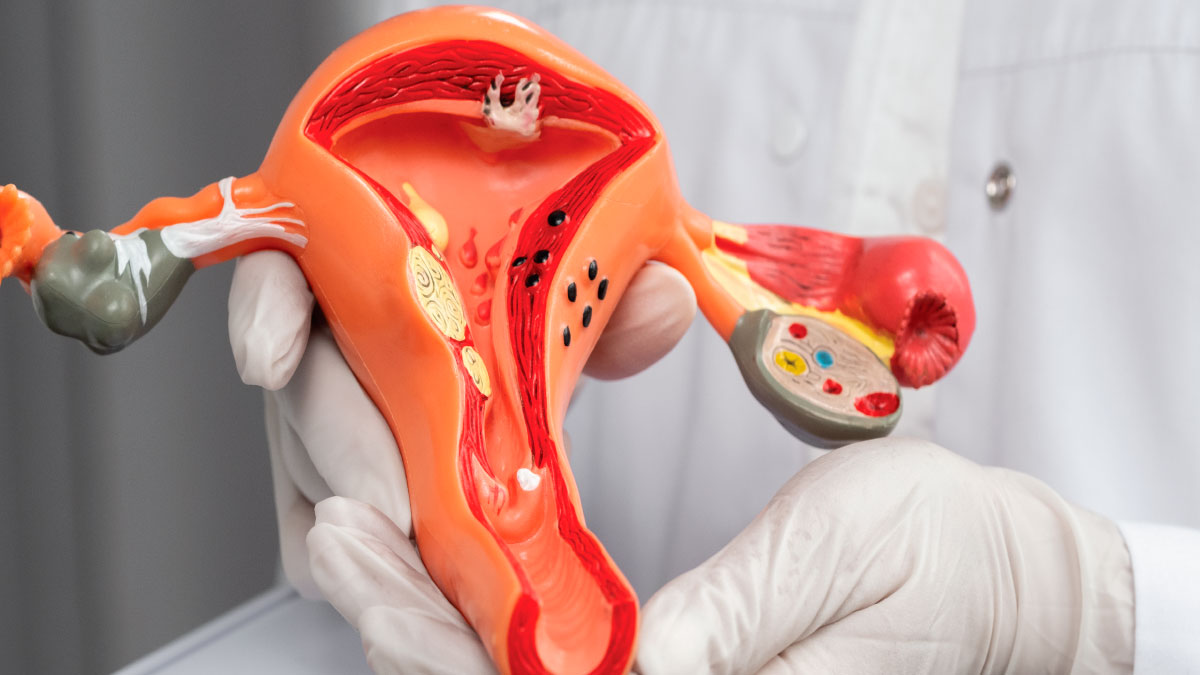One of the main concerns for patients, and one of the most challenging situations for the clinician, is the risk of having to undergo repeat surgery for endometriosis. But, really, what are the chances of this happening?
The answer to this question, albeit sounds basic, is not easy to give. Actually, the most comprehensive study on this topic was only recently published, suggesting a risk of up to 28% during the first 10 years after complete excision of endometriosis (1). What is also interesting is that performing a hysterectomy at the time of first surgery, as well as achieving a post-operative pregnancy, were found to be independent, protective factors against repeat surgery (1). The mean time between primary and repeat surgery in this study was 46 months (1).
We know that endometriosis is likely a progressive disease, with a tendency to slow progression (2). A prior publication from the same group found that 36% of patients needed a repeat operation, either for recurrence of endometriosis or pain or operative complications (3). However, this rate was 10-fold higher than the actual rate of rectal recurrences. In the most recent publication (1), the majority of re-operations was due to pain or endometriosis recurrence. Of course, when interpreting the results of this study, we need to be careful as they refer to the practice of a single surgeon, highly specialised in complex endometriosis surgery. Therefore, the actual figures may be different in the case of other surgeons.
Some of the difficulties in giving a definitive answer to this question are the following: firstly, differentiating between endometriosis recurrence and progression of pre-existent lesions is not always easy. In the aforementioned study (1), the surgeon was highly competent in excising all visible endometriosis, we can, therefore, assume that all cases were due to new lesions of endometriosis developed after surgery. Secondly, coexistence of adenomyosis (a disease of the uterus that often co-exists with endometriosis) may be a reason for repeat surgery due to pain. Despite improvements in non-invasive diagnosis of adenomyosis, it can only be ruled out confidently in histological specimens of hysterectomies. Thirdly, use of hormonal medications post-operatively may reduce the risk of recurrence and not all patients may be compliant with the use of such medications. What is more, the duration of use of those therapies is likely to differ between patients.
Let us have a look, though, at what other studies have to add: A large Canadian study of almost 85000 women operated for endometriosis identified that repeat surgery was required in 1 in 4 women that had undergone initial minor endometriosis surgery and 1 in 5 women that had undergone major endometriosis surgery with ovarian conservation (4). However, nationwide studies like this one are hard to compare with the outcomes achieved at tertiary referral level.
It is important to study separately the cases of confirmed endometriosis recurrence: In Bafort’s study, 5% of patients underwent repeat surgery for isolated endometrioma (chocolate cyst of the ovary) (5). As regards colorectal endometriosis, Mabrouk’s study reported a rate of 0 to 4% of surgically confirmed recurrence (6).
In conclusion, we can be optimistic about the results of endometriosis surgery, as around 3 out of 4 women operated for endometriosis will not require repeat surgery in the 10 years following surgery. Performing a hysterectomy (with ovarian conservation) at the time of endometriosis surgery should be carefully considered in those patients with no pregnancy intention as this is likely to significantly reduce the need for repeat operation.
References:
- Roman H, Chanavaz-Lacheray I, Hennetier C, Tuech JJ, Dennis T, Verspyck E, Merlot B. Long-term risk of repeated surgeries in women managed for endometriosis: a 1,092 patient-series. Fertil Steril. 2023 Oct;120(4):870-879. doi: 10.1016/j.fertnstert.2023.05.156.
- Netter A, d’Avout-Fourdinier P, Agostini A, Chanavaz-Lacheray I, Lampika M, Farella M, et al. Progression of deep infiltrating rectosigmoid endometriotic nodules. Hum Reprod 2019;34:2144–52.
- Roman H, Huet E, Bridoux V, Khalil H, Hennetier C, Bubenheim M, et al. Long-term outcomes following surgical management of rectal endometriosis: seven-year follow-up of patients enrolled in a randomized trial. J Minim Invasive Gynecol 2022;29:767–75.
- Bougie O, McClintock C, Pudwell J, Brogly SB, Velez MP. Long-term followup of endometriosis surgery in Ontario: a population-based cohort study. Am J Obstet Gynecol 2021;225:270.e1–19.
- Bafort C, Tawfic NM, Meuleman C, Laenen A, Timmerman D, Van Schoubroeck D, et al. Similar long-term recurrence rates with cystectomy and CO2 laser vaporization for endometrioma: a retrospective study. Reprod Biomed Online 2022;45:101–8.
- Mabrouk M, Raimondo D, Altieri M, Arena A, Del Forno S, Moro E, et al. Surgical, clinical, and functional outcomes in patients with rectosigmoid endometriosis in the gray zone: 13-year long-term follow-up. J Minim Invasive Gynecol 2019;26:1110–6.

